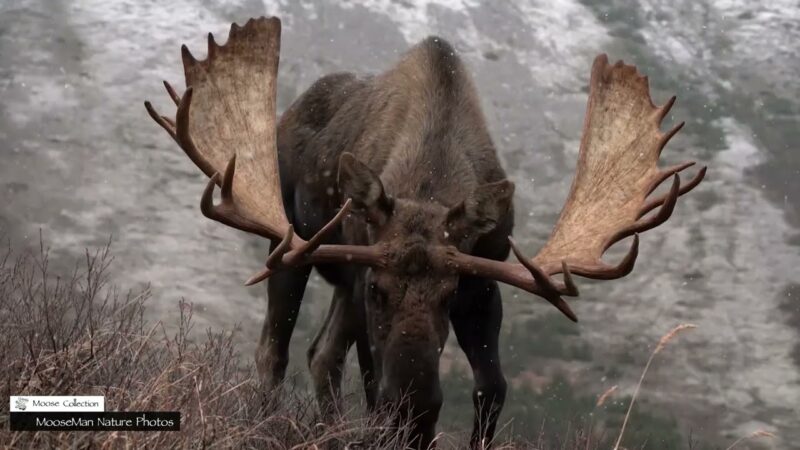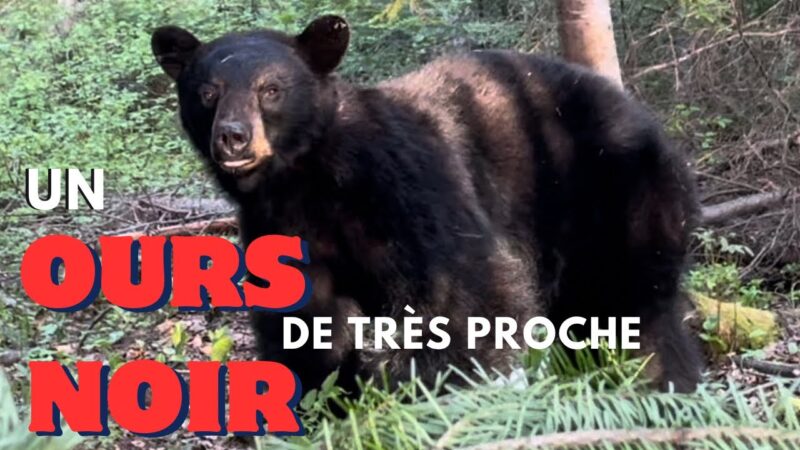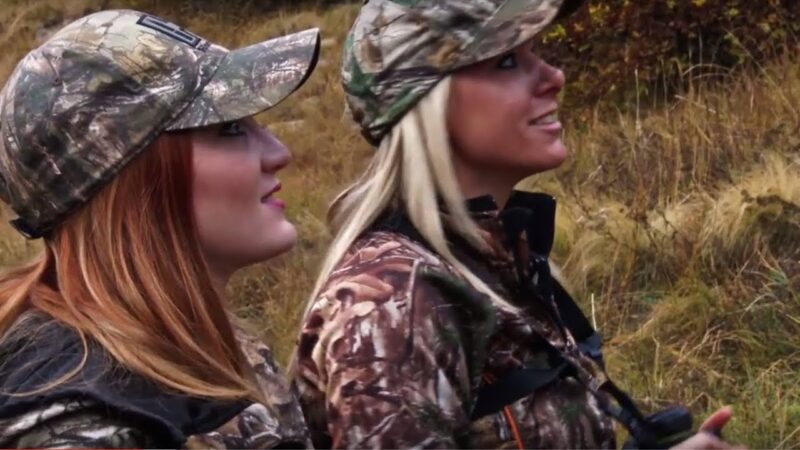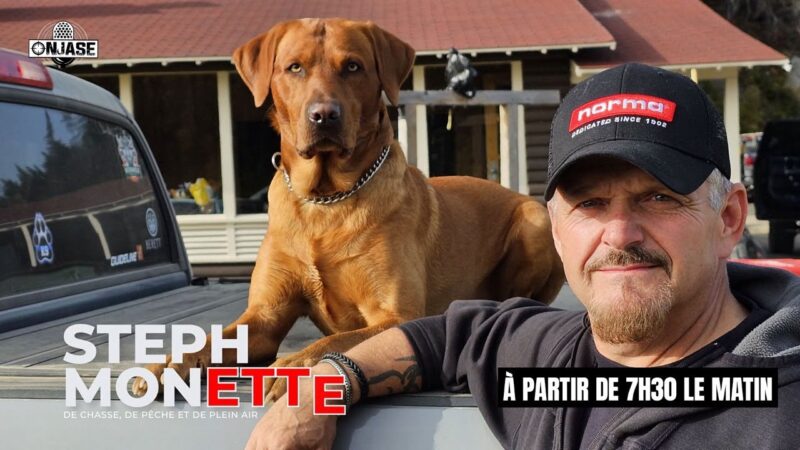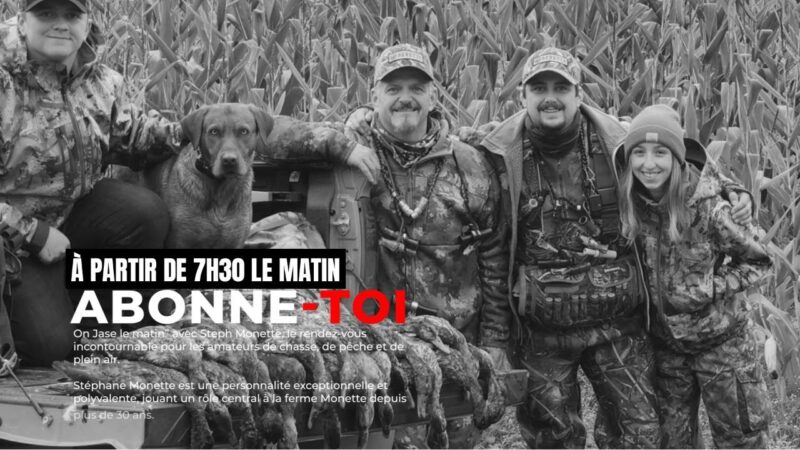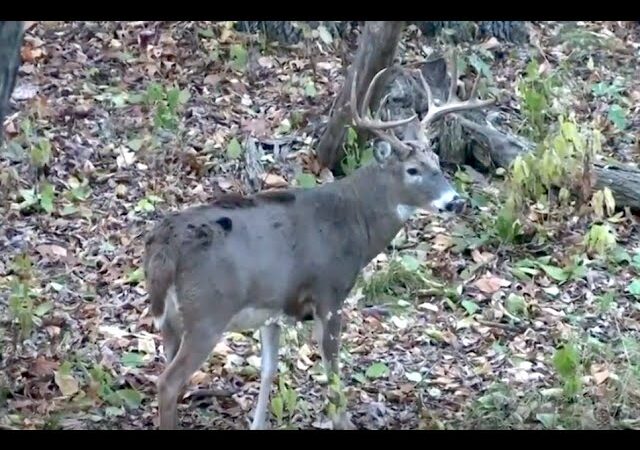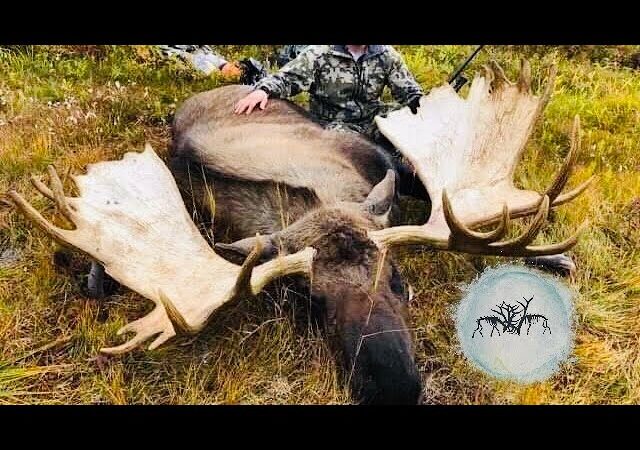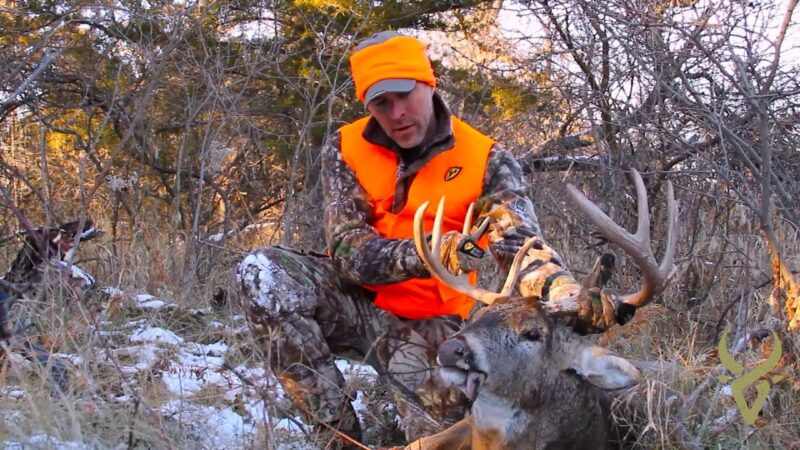Reviews
User Score
Rate This
Descriptions:
North Shore, Moose at Walker Lake | Chasse Québec
Michel Therrien and the Chasse Québec team head north to Lac Walker, in the Port-Cartier-Sept-Îles wildlife reserve, for a multi-species hunt: moose, black bear and small game, plus trout fishing in Quebec’s deepest lake. On the menu: an extraordinary adventure in a beautiful and little-known corner of the province.
Hunters: Keven Léonard – Michel Therrien – Marc-André Corriveau – François Lapointe – Jocelyn Giguère – Louis-Philippe Caron
Moose hunting in the snow
By Drew Myers | October 1, 2012Few events signal the arrival of fall hunting season like the first real snow. Yes, colorful leaves and frost are good indicators, but nothing screams fall like 6 inches of white stuff.
It’s often the moose hunters who open their tent flaps to see the world turn white. It may be just a layer of snow, but sometimes snow covers the world, forcing hunters to plow, slide and slog through the bush in their quest for a moose tag.
Hunting in these conditions is a challenge, but if you adapt, it can also be very rewarding. You have to be ready for it, and if you huntmoose long enough, it will come. In the north, where most of the province’s moose hunters set up camp, snow is a possibility as early as August. Once you’re in November, it’s almost guaranteed. When it arrives, snow is both a help and a hindrance.
Moose biology and snow
Elks are made for snow and cold. It could be said that a healthy moose is more at home in a January cold snap than in a July heat wave. When the snow is falling and the mercury is trying to hide at the bottom of the thermometer, knowing how moose adapt to cold temperatures is the first step in formulating an effective hunting strategy.
One of their main adaptations to cope with harsh winter conditions is their size. Because moose are large, they have a relatively low surface-to-body mass ratio. The moose’ s coat is also highly insulating: falling snow often accumulates on its back without melting. This is important to remember when looking for a dark elk in a snowy world. Finally, its long legs help it to move relatively easily in deep snow.
First snow Moose
According to Arthur R. Rodgers, a research scientist with the Ministry of Natural Resources (MNR) in Thunder Bay, snow doesn’t have much impact at the start of the hunting season. “Until the snow reaches about 20 centimeters (8 inches) or more, the moose just ignore it,” Rodgers said.
The snow is unlikely to be deep enough to have an impact on their movements or their ability to move efficiently to feeding areas. Moose are generally unaffected until about 60 centimeters (2 feet), when they move to deeper cover. Beyond 80 centimetres (31 inches), moose begin to have difficulty moving. They may seek shelter from a storm in deeper cover, but November snowstorms don’t drive them to make large migrations,” he added.
Dr. Vince Crichton, a retired certified wildlife biologist, corroborates Rodgers’ observation that heavy snow has an impact on moose activity in the short term. “One of the interesting things about moose is that they don’t move around much during heavy snowfalls, at least in early winter,” said Chrichton, who has spent 40 years studying moose for Manitoba Conservation.
They take refuge in a thick blanket and wait out the storm. ”I’ve seen males from the air during aerial surveys that were almost completely covered in snow.”
You’ll go to an area where there are no tracks or other signs, but once the low-pressure storm has passed, they’ll become more active and tracks will be plentiful as they move around to feed.
The benefits of Moose snow
Snow offers advantages for both moose and hunters. Moose can overheat, so a snowstorm or cold front can make it easier for them to get around. For the moose hunter, this is a good thing: stay in thick cover when the snow is heavy, and concentrate your efforts away from open-cut logging.
Focus on areas where moose can take shelter, such as dense, low thickets with a good canopy of trees to block wind and snow loads. Once the snow has stopped, hunt hard, as the moose will be on their feet and on the move.
In most of the province, rifle hunters are catching the end of the rut on opening weekend, and the cooler temperatures may have a positive impact on the success of their calls.
“Early snow would have no impact on their mating and rutting behavior, “ said Rodgers. But some might suggest that they become more active as temperatures get colder. Use fresh snow to help you find areas of moose concentration, then focus on these areas and plan your strategy accordingly.
Work on the Moose loop
According to Mr. Gollat, it’s important to hunt along the side of the trail and back into the moose’s line of travel, rather than following the trail itself.
“I’m not directly on the slopes, but I loop around towards them, using the terrain and wind to my advantage. This approach saves me from running into the moose, which surprises us both. Later in the year, there are often several elks around, and it’s harder to stay on a single trail. And once again, you may come across a downed moose that has turned around and is now behind you, or you may scare it away. By staying where I can see what’s in front of me, I can spot a moose without spooking it first,” he says.
Following a trail If snow and cold temperatures are always a possibility early in the season, they’re almost a certainty later on. Late-season hunting means shorter days, harder work and frozen fingers. On the other hand, it can also mean herds active and concentrated moose, fewer hunters and tracks that show you where the moose are going.” I normally wait until the end of the season, when there are fewer hunters in the area,” said Rick Gollat of Thunder Bay, an avid moose hunter and retired moose biologist with the Ministry of Natural Resources.
“Snow also adds a new dimension to hunting. Before the snow falls, you can make a phone call, set up a treestand to look at an area or walk around hoping to stumble upon a moose, but the snow allows you to follow the trail,” he added.Darrell Browne, a moose hunter from the Cobalt area, is also a proponent of tracking.
“When it snows, we look for tracks. When a hunter can find fresh tracks, he can catch that moose 90% of the time. It’s pretty hard to do without snow,” he said. Multiple observations are also possible. “The moose seem to sense the arrival of the snow, as they’re starting to group together,” added Browne. “We saw up to seven together just before the snow arrived”.
You might think that a small, two-legged hunter stalking a vast, long-legged elk would be an extreme – if not impossible – challenge, but Gollat’s experience suggests otherwise. “We’ve had a lot of luck with stalking. You can hunt this way alone or in a group. In general, at the end of the season, moose don’t move around much. If you find a fresh trail, it means the moose is within half a mile of you. If you follow the trail, you’ll at least find the moose in its bed. You may spook him or not spot him, but you’ll catch him,” he said.
Tracking a moose, however, is not as simple as jumping on its tracks and shooting it. Part of doing it right is getting to know your hunting ground. “Once you’ve hunted an area for a while, you get to know where and how moose use the landscape and habitat,” said Gollat. “This helps you assess when to go faster and when to slow down while stalking. Normally, you’ll notice moose moving, or meandering and browsing.
If they’re moving, you need to go faster, and if they’re feeding and you find fresh beds and fresh droppings, you need to slow down. Moose generally graze and lie down in cycles, moving through cuts that are 5 to 20 years old.
While stalking is a classic technique for hunting in the snow, hunting from a standstill and pushing or beating also make sense at certain times. The trick is to use the snow to help you predict where the moose will go and where they will hole up. With snow on the ground, moose are likely to be hungry and will feed in logging areas that also have access to protective shelter.
Many animals will concentrate in a small area, leaving many landscapes empty of moose. Your first job is to cover the ground. Don’t waste time moving slowly for fear of scaring off the animals. Your mission is to find fresh moose tracks and other signs as quickly as possible. Once you’ve found them, it’s time to slow down and look carefully.
If you have a few bodies and know where the moose are hiding, plan a hunt. Position hunters around possible escape routes, then ask one or more hunters to move into likely areas to drive moose out into the open.
Use maps, GPS and radios to plan the hunt, and keep in touch with other hunters as it unfolds. One person should be stationed behind the drivers. Moose are likely to come out the back door when drivers pass by.
In any case, the more orange clothing you wear, the better, and make sure everyone reviews range safety rules before the hunt begins.
Whether it’s an early dump or the last week of the season, snow opens up a whole new world for the moose hunter. For those who know how to use it to their advantage, a white cover can be the best thing to see from inside your tent flap.
SOURCE: OODMag.com / https://oodmag.com/blizzard-moose/







